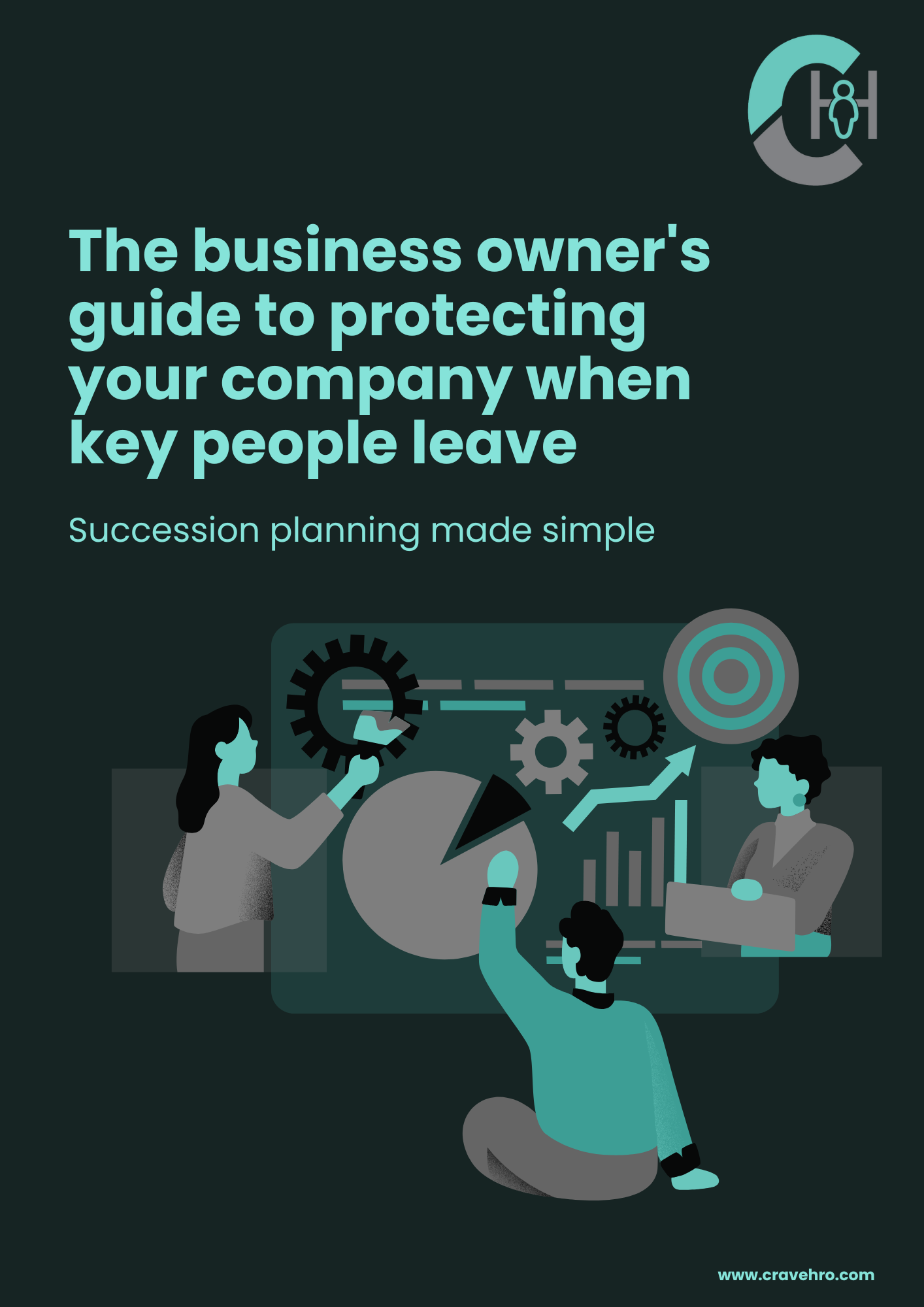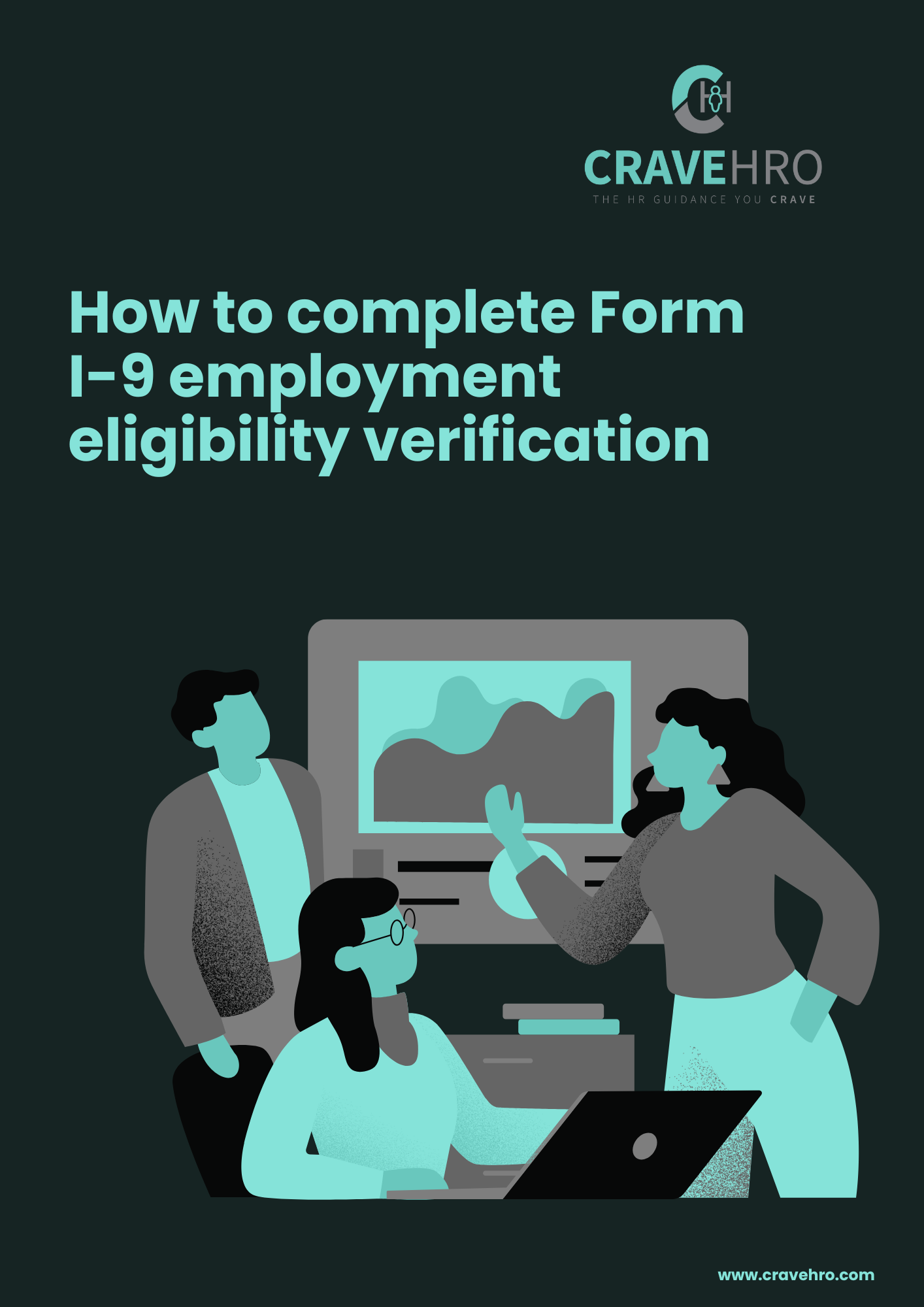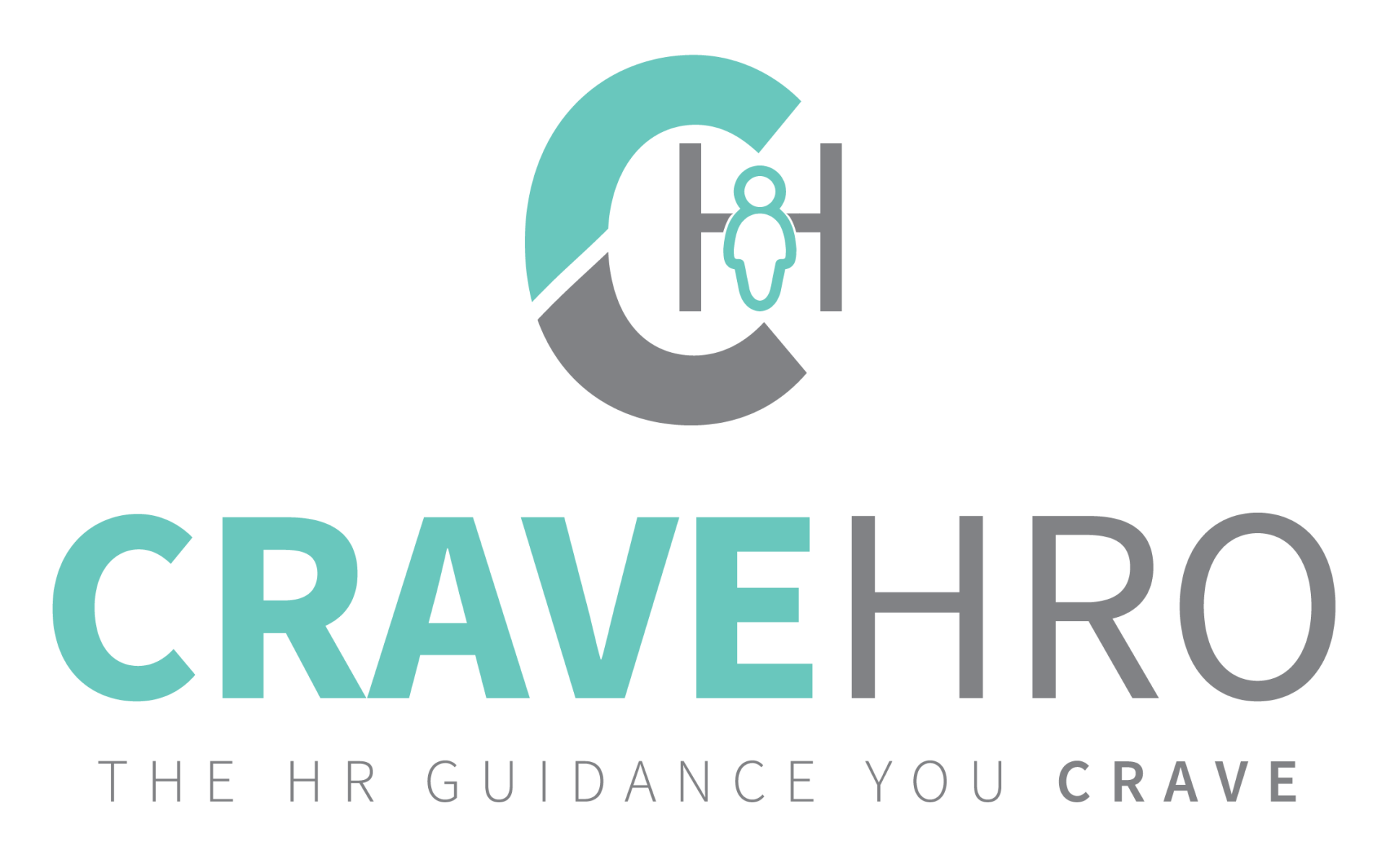Is your sick leave policy working for your business or just creating problems? 🔍
I was chatting with an employer last week who hadn't reviewed their approach to sick leave in years.
When I showed them how a smarter sick leave setup was actually saving other clients money and hassle, you could see the lightbulb moment! 💡
This isn't about following trends, but unprepared businesses definitely feel the pain when sick leave issues arise...
Think unexpected costs and staffing problems 😖
In my latest article, I share 5 practical steps that you can take now to create a sick leave approach that works for both your business and your people.
Read it below 👇

Have you noticed more people talking about sick leave lately?
Businesses across the US are taking a fresh look at how they handle employee illness – not because of new laws, but because what people expect is changing.
Let's look at what's changing and how you can prepare your business with practical, balanced solutions.
What businesses are doing differently
More businesses are updating their sick leave practices in response to what employees value:
- Offering sick pay from day one instead of waiting a few days
- Including part-time staff in paid sick leave benefits
- Creating clearer guidelines around illness and absence
This isn't about ticking boxes – it's about businesses realizing that supporting people properly during illness just makes practical sense.
How this affects your day-to-day operations
These changing practices have real implications for how you run your business:
- You might benefit from offering sick pay from the first day someone's sick
- Your part-time team members may expect the same support as full-timers
- Your absence tracking systems might need a refresh to stay effective
The good news? With straightforward planning, these adjustments can strengthen your business rather than complicate it.
Practical steps to get your business ready
1. Review your current sickness policy
Is it clear? Would your newest team member understand what to do if they woke up sick tomorrow?
A straightforward policy prevents confusion when someone needs time off.
2. Consider your absence tracking
Do you have a simple way to record who's off and why?
Nothing complicated – just enough to spot patterns and plan your resources properly.
3. Implement return-to-work conversations
A quick, informal chat when someone returns helps them to settle back in and lets you understand if they need any temporary adjustments.
4. Look at your budgeting
Have you factored sick pay into your financial planning?
Including it avoids cash flow hiccups when multiple people are off.
5. Talk to your team leaders
Do they understand your approach to absence?
Consistent handling of sick leave prevents resentment and confusion.
Finding the right balance with absence
The businesses I work with that handle absence best share a similar mindset:
- They genuinely want people to recover properly when they are sick
- They have clear, fair processes that everyone understands
- They take simple steps to support well-being
- They talk about health normally, without awkwardness
This balanced approach creates a workplace where absence doesn't become a source of tension or distrust.
What to do next
Revisiting your sick leave approach isn't just about keeping up with others – it's a chance to make your business run better while supporting your team properly.
If you'd like to explore what that could look like in your business, let's talk. I can help you to build practical, balanced approaches that support both your operations and your people.











